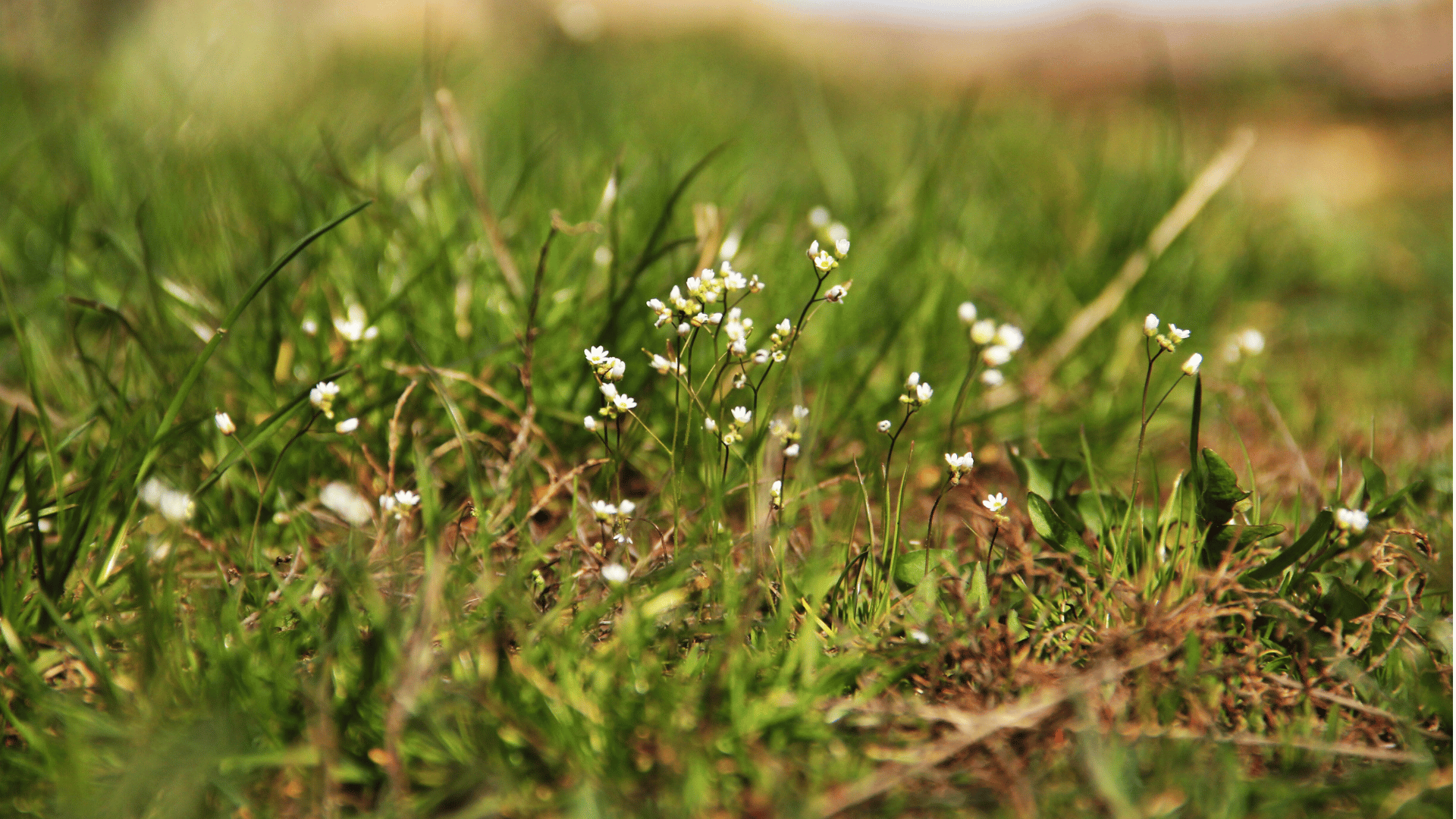Global agriculture is threatened by intensifying climate change, which puts crop yields and food security at risk. Plants have naturally evolved to survive these harsh conditions. According to researchers from Waseda University in Japan, plants have a crucial mechanism called “stomatal closure.”
They say the mechanism allows tiny pores on a plant’s leaves to close and limit water loss. The process is regulated by abscisic acid (ABA), a plant hormone essential to the internal stress response. While ABA’s role is crucial in drought response, researchers reportedly identified a protein that plays a pivotal role in the process called myosin XI.
Plant Proteins Fighting Droughts

According to a report from Science Daily, the research team is led by Waseda professor Motoki Tominaga. Their study explores myosin XI’s contribution to plant drought response. Researchers say, myosin XI is traditionally known for transporting cellular components.
Professor Tominaga said, “Although previous studies have suggested a potential involvement of myosin XI in drought stress responses, the underlying mechanisms have remained unclear.” The research findings were published in Plant Cell Reports.
Researchers used a plant called Thale Cress (Arabidopsis thaliana) as a model. They genetically modified plants to lack one, two (2ko), or all three (3ko) major myosin XI genes. The mutant plants were compared to wild-type plants in various tests, including “drought survival assays, water loss measurements, and ABA sensitivity.”
They say the results were “striking.”
Plants without myosin XI, especially 2ko and 3ko, showed a higher rate of water loss and lower survival rates under drought conditions.
It was found that in multiple mutants of plant myosin XI, the rate of water loss during drought is four times faster than in the wild type,” Tominaga said. “This finding offers a new perspective on how plants adapt to environmental changes.”
The researchers’ discoveries showed that XI actively supports drought defense, enabling effective stomatal closure and water conservation. Their findings show a previously unrecognized role for myosin XI and identify a promising target for crop drought resistance.
“This discovery is expected to advance fundamental research on how plants respond to stress and contribute to the development of technologies that improve water-use efficiency in crops grown in drought-prone regions,” Tominaga said. “We aim to further advance our research so that this knowledge can be applied to agricultural technologies that support farming in the face of climate change.”
Ultimately, the study offers a promising path to water-efficient crops.







